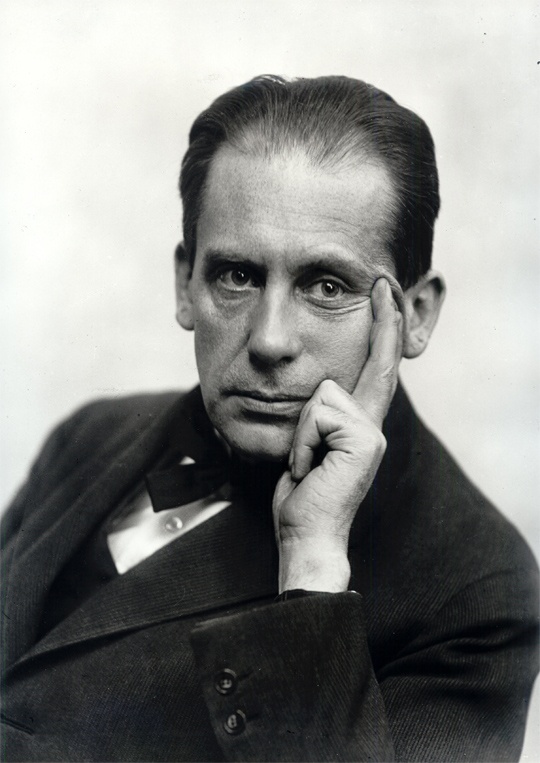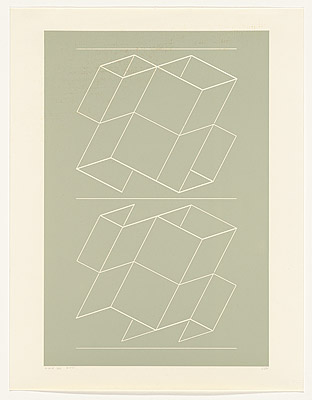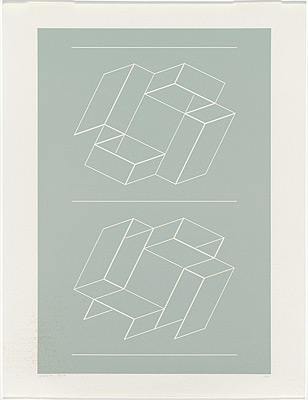
Bauhaus In the Middle of the Street
October 19, 2015
German architect Walter Gropius opened the Bauhaus school in 1919 in Weimer, Germany. The Bauhaus served not only as a school for architects, but a site for re-imagining the material world through the unification of all the arts. The school combined crafts school, academy of the arts, and architecture school, providing workshops in cabinetmaking, textile making, metalworking, and typography. The curriculum established by Gropius transcended a standard arts education and aimed to produce a new system of living through a combination of fine arts and design. He recruited architects such as Ludwig Mies van der Rohe, designer Marcel Breuer, and visual artists such as Vasily Kandinsky, László Moholy-Nagy, Paul Klee, and Josef Albers as professors in the Bauhaus school. Gropius had a reputation of being calm, handsome, and meticulous- nicknamed the “Silver Prince” by Klee. With the founding of the Bauhaus, Gropius translated radical ideas into reality.
Louis Held, Portrait of Walter Gropius, 1919
In 1923, the goals of the Bauhaus school were reassigned, focusing on mass production and calling for “Art into Industry”, which became their slogan. Two years later, the school moved from Weimar to Dessau, were Gropius designed a new building for the school, which embodied the architectural aesthetic of the Bauhaus, later becoming a huge influence on modernist architecture. Gropius practiced maximum efficiency and organized the space with logic and practicality. He celebrated the beauty of steel-frame construction and exhibited one of the earliest glass curtain walls.
Bauhaus School, Dessau, Germany
The Bauhaus approach to painting carried many of the same qualities. There was a strong emphasis on the basic understanding of composition and color theory. The professors of visual arts, namely Kandinsky and Albers, encouraged the study of abstraction, believing that the collaboration between color and composition was the only way to achieve true design. These design theories spread all throughout Europe and America, particularly after the dismantling of the school by the Nazi Party, who labeled it as degenerate art. Albers, Mies van der Rohe, and many others fled to the United States, working and teaching in American institutions.
Albers began teaching at the infamous Black Mountain College in Ashville, North Carolina in 1933 and remained there for sixteen years; he later taught as a guest professor in various academic institutions such as Harvard University’s Graduate School of Design, Yale University, and the Cincinnati Art Academy. In 1963, Albers published Interaction of Color for his students after decades of teaching. The book records his experimentation and study of color and its practical application. Alber’s legacy can be seen in the works of many notable artists and the continuing work of the Josef and Anni Albers Foundation in Bethany, Connecticut.
Chapman University is proud to have works by Albers in the Escalette Collection. Entitled Green Silkscreen, this work is one of hundreds of paintings and prints that make up his famousHomage to the Square series. The perceptual complexity of the work exemplifies Alber’s focus on minute differences in palette. Check out more of Albers’ works on the First Floor of 9401 Jeronimo Road, Irvine, at The Harry and Diane Rinker Health Science Campus.
Josef Albers, Green Silkscreen, Serigraph, 21.5 x 21 inches, 1969
Josef Albers, White Embossing on Gray IV, 26 1/8 x 20 1/8 inches, 1971
Josef Albers, White Embossing on Gray VII, 26 1/8 x 20 1/8 inches, 1971
Josef Albers, White Embossing on Gray III, 26 1/8 x 20 1/8 inches, 1971
We believe they’re saying “Bauhaus, in the middle of the street”… thoughts? Our House by Madness
All text and images under copyright. Please contact collections@chapman.edu for permission to use. Information subject to change upon further research.







